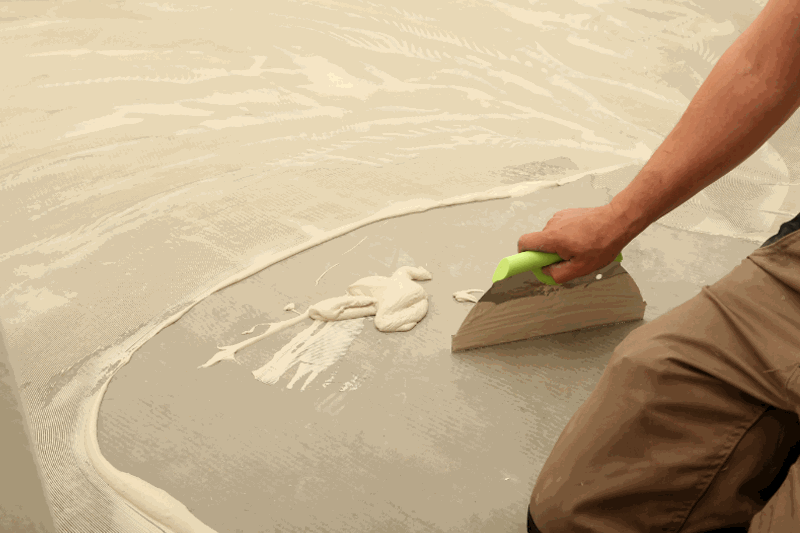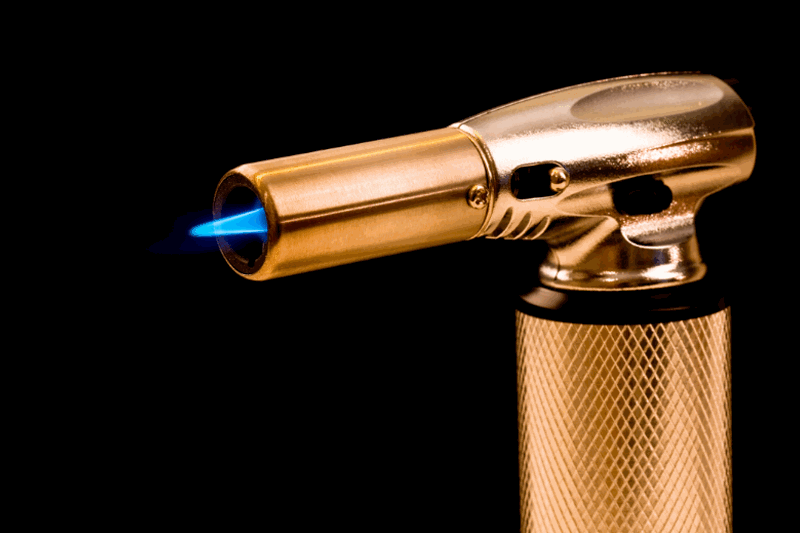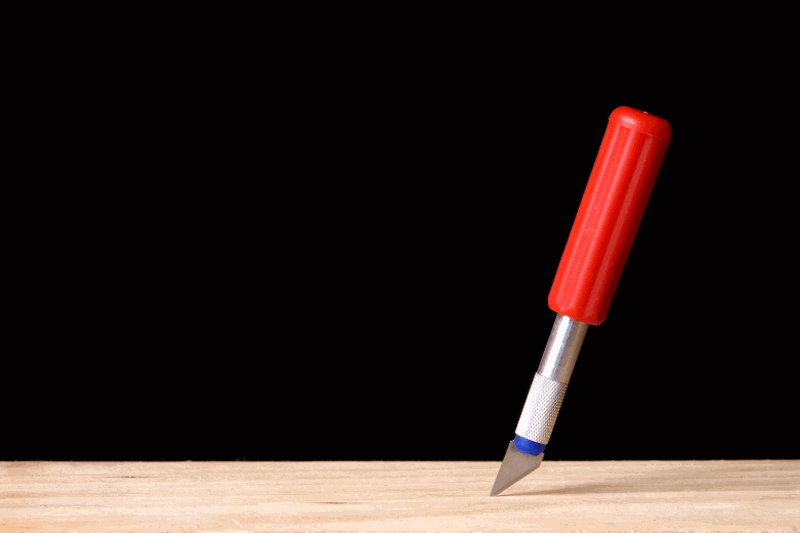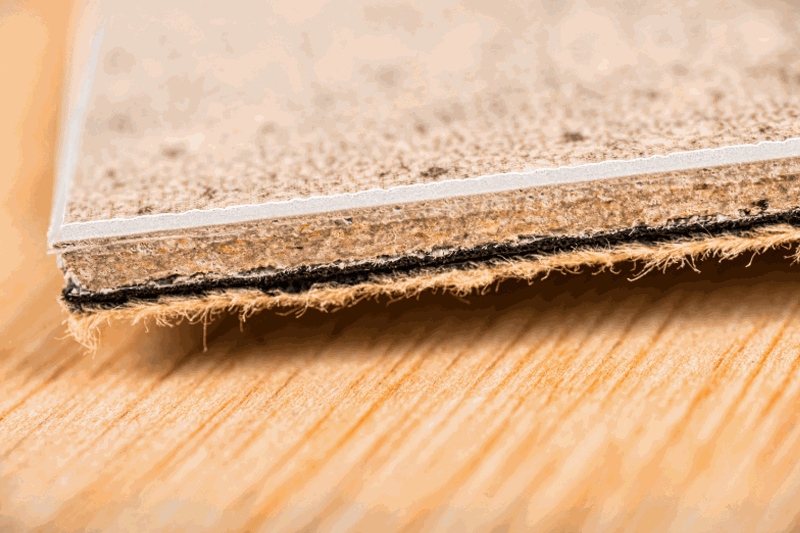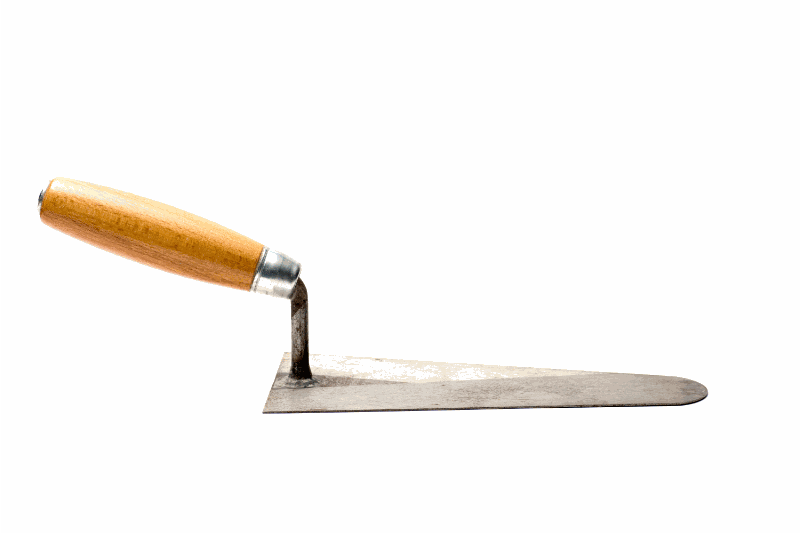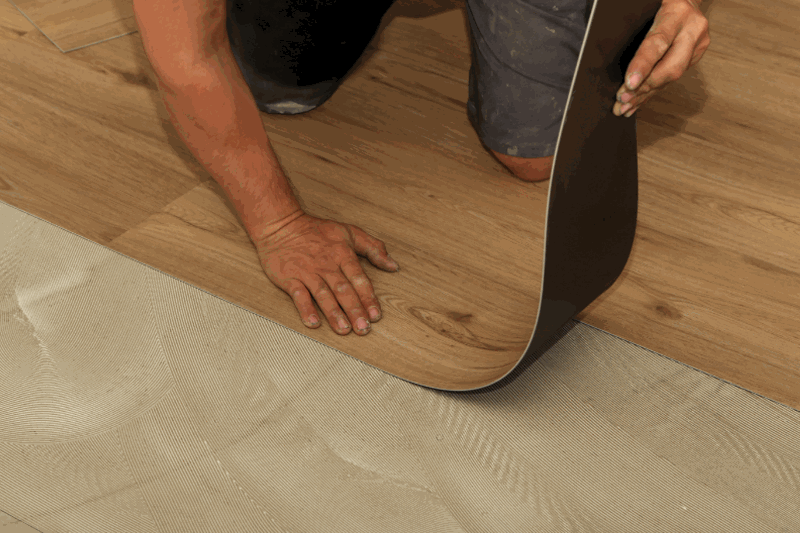Vinyl Tile is still one of the best floor coverings to choose for kitchens and bathrooms. Ceramic tile is great, but the cost to have a professional install it can be prohibitive. The answer is vinyl tiles installed by you. You will save a lot of money you can use toward other home improvements you want to do.
Vinyl tile is also a great choice for other reasons. There are some beautiful choices of both style and color. There are so many different patterns and colors to choose from that you will want to take your time in choosing something that will enhance the beauty of your kitchen or bathroom.
In addition to that, vinyl tile is much better than linoleum for practical reasons. With a linoleum floor, one accident and the whole floor is ruined basically, because it is all one piece. When you buy vinyl tile, you buy extra squares. If an accident ruins one or two tiles, you replace them.
In this article, I will help you learn how to install your own vinyl tile floor with confidence. I’m going to teach you the old-school way of laying this beautiful floor covering. I call it old school because I learned from tile layers that had been doing it for years before I started.
First, we need to start with the basics. I don’t know what is on the floor where you plan to put down vinyl tile, so I’m going to show you what our preparation goals are. We want a nice smooth surface to lay our vinyl tile on.
Some people will tile over existing tile. This can be okay, but it is not the preferred choice. To do this right, you need to remove whatever flooring is there now, until you are down to either a smooth cement or wooden surface.
If there are cracks and valleys or unleveled surfaces, they need to be filled and smoothed out before we can start laying your vinyl tile. On cement or wooden surfaces, you can use cement to fill in and smooth the surface. You can also install plywood over the existing floor to achieve the surface your vinyl tile needs. You caulk in all the joints after installing the plywood. You can use Durok as well.
The goal, as I said before, is to have a smooth surface before you begin to lay vinyl tile. Otherwise, your tile will crack wherever pressure is placed on the tile over existing rough areas.
Now, buying the vinyl tile you want is next. There is the self-adhesive vinyl tile that is very inexpensive. However, remember you get what you pay for. The adhesive on these tiles is not of great quality and you will be replacing them often. They are usually very thin as well, so they are easily damaged.
The thicker the vinyl tile, the more expensive and durable it is. That is the rule of thumb. Choose vinyl tile that has about 1/8” thickness or above and you will have a floor that will last a long time. So choose your style and color wisely. It will be with you for a while.
Now, the tools you will need are next. You will not need a tile cutter. That isn’t the old-school method. Using a tile cutter is tedious and slow, and your edges will never be tight. You will need a good razor knife, a small butane torch, a trowel with teeth along one edge for applying the adhesive, some old rags, and some mineral spirits.
A lot of experts will tell you to always begin in the center of the room when laying any kind of tile. However, with kitchens and bathrooms, this is not always or even often the best method. Starting at one wall and working toward your cabinets is much better because most of your tiles that need to be cut will be under the edge of the cabinets and not seen.
Starting along one wall, trowel on your adhesive, making sure there are ridges by using the toothed edge of your trowel. Do not go too far away from the wall as you will be laying tile there and don’t want to have to reach while doing so.
Let the adhesive dry for about 15 minutes so it’s very sticky. Lay your first tile at the corner and continue to lay a row, making sure you keep your tiles aligned. As you get to the end of your row, do not worry about the area that is left over where a whole tile will not fit in. We will take care of that last. However, remove the adhesive from that area so it won’t dry before we get back to it.
The adhesive you applied should have gone just a little further out than the row of the tile itself, so now you have a row, with a little adhesive area waiting for the next row.
Once you have done the entire floor except for those areas where a whole tile would not fit in, let the floor dry until tomorrow. Do not allow anyone to walk on the floor. The adhesive takes time to dry.
Now, once the adhesive is dry, we are ready to do the cutting in a portion of your vinyl tile job. You should be able to walk carefully on the tiles without moving them by now. If not, you may have used too much adhesive and will have to wait longer, until you are sure it is dry.
Now, let’s cut it in. Go to where your first row ended with a little space left over. Apply some adhesive to that area, plus on the floor, along the wall where you are going to put in your cut pieces of vinyl tile. Let that dry, just as you did before for 15 minutes.
Now, take a full vinyl tile, match it up with your tiles already on the floor at the bottom, and lean it at an angle to the wall. Let me explain so you are sure to understand. You place the tile against the edge of the last tile in the row as if you were about to lay it down, but just let it lean against the wall at whatever angle it has to.
Now, you will need your razor knife and your small butane torch. Be careful with the little torch that you don’t burn anything, please. If you are not comfortable with handling a small torch, this method is not for you.
Place the fingers of one hand on the top of the tile along the wall with very slight downward pressure. Wave the flame of the torch back and forth across the center of the tile about where you would like it to bend. Don’t let the flame linger on the tile to melt it. Keep a distance so it only gets heated up.
As it gets hot, the pressure from your fingers will begin to push the vinyl tile downward, bending it into place. As soon as the tile is bent to the point where it is flat against the floor and the rest against the wall, set down your torch, pointing it carefully away from anything or anyone, and take your razor knife and cut along the bend right at the wall. It will cut like butter.
Now that tile fits perfectly into the contour of the wall. It also, because of the light pressure you applied as you pressed it down, has tightened up that entire row, so the vinyl tiles will not separate later. This is a floor that will last a long time and answers the problem of the tiles separating later.
Continue that same process for each row and everywhere the tiles need to be cut in. Then clean up. You are now an old-school master at laying vinyl tile!
One last warning, as I said before, if you are not comfortable using flame, you should go ahead and use a tile cutter. It may not be as tight, but you can still do a good job with it without endangering yourself. This article was intended to pass on an old-school method I learned and have used to lay many beautiful tile floors that lasted for years. I hope that by passing it on to you, the old way will not be lost.
Want to discuss more? Contact our remodeling consultant now.

